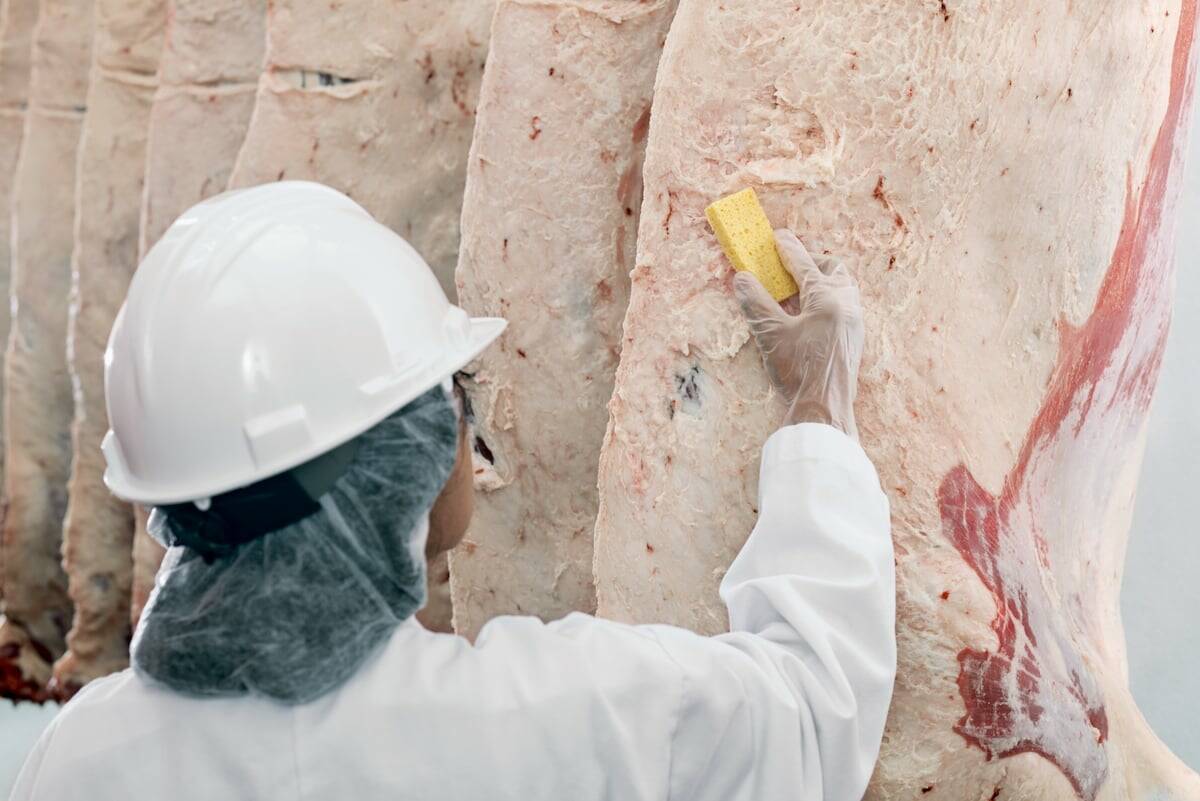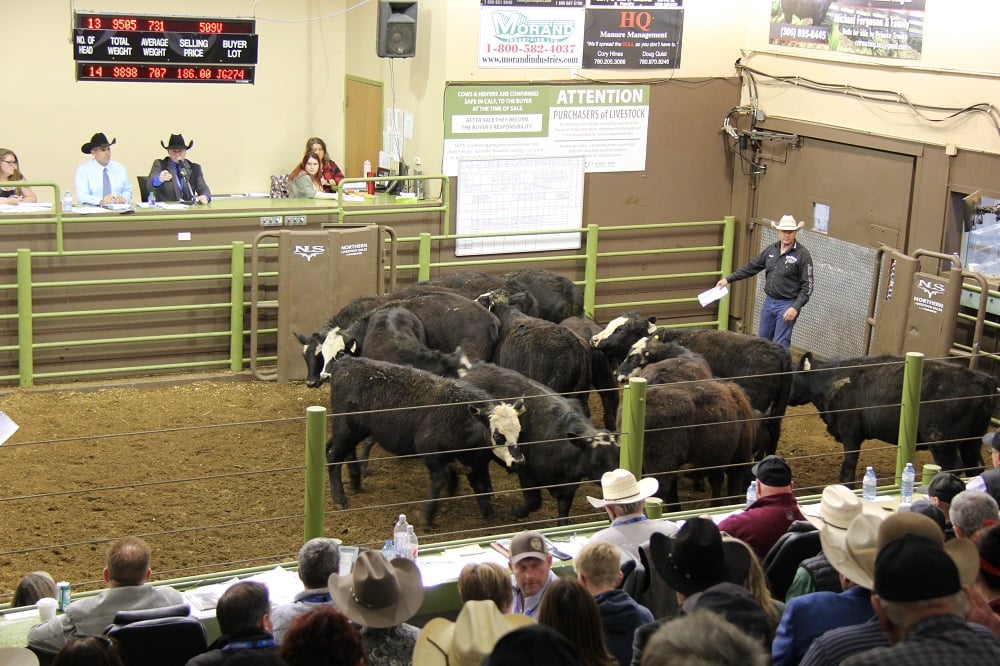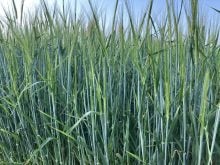It is that time of year when farmers in Western Canada start making their seeding decisions. The market focus slowly turns from old crop to new crop between now and July. It is important that feedlot operators have an idea of the potential acreage changes and how this will change the price outlook. Acreage reports provide the basis for the fundamental structure for new crop prices. Therefore, it is important to be aware how the upcoming reports will affect the barley and corn markets.
Looking at the returns per acre, barley is below other major crops of canola and spring wheat. At this time, barley producers have no incentive to increase acreage.
Read Also

Key supply and demand factors in the U.S. beef market
Beef market analyst Steve Kay outlines the fundamentals driving the U.S. beef market, including cow herd size, weather, disease threats, imports and demand.
I have provided three possible scenarios for a sensitivity analysis. In the first case, acreage is decreased by 8 per cent. For case 2, acreage is the same as in 2008 and in case 3, barley acreage is increased by 8 per cent. In each study, I have used a yield of 56 bushels per acre which is considered two bushels above the 10-year average. There is no significant trend line yield on barley. Last year’s yield of 62.5 bushels per acre was a record.
For case 1, the barley price outlook is considered bullish as the carryout would be nearly 1 million mt below the 10-year average. Under this scenario, Feedlots will be encouraged to book their requirements early for the 2009/10 crop year. Barley prices would trade at a premium to U. S. corn because the function of the market would be to ration demand. Exports would be reduced to malt barley only as domestic feeed prices would continue to show a larger premium over world values. The feed price may even show a larger premium over malt prices, encouraging farmers to sell malt into the domestic feed market. The market would be extremely sensitive to weather as below-average yields would tighten the carryout further. If Statistics Canada comes out with acreage down 8 per cent from last year, the market will likely start to trend higher and incorporate a further risk premium due to the uncertainty in production. The cash trade in southern Alberta could easily move back up to the range of $180 to $220 per mt.
In case 2, the price outlook is considered neutral to slightly bullish. The market would still be very sensitive to weather as below-average yields would tighten the carryout, similar to case 1. The market would experience seasonal rationing of demand under this scenario, limiting exports to malt only. The downside risk in this scenario is limited but prices could trade in the range of $150 to $200. Producers will want to use dips in the market to book forward coverage under this scenario.
Should acreage increase by 8 per cent as in Case 3, the price outlook is neutral. The carryout is very similar to the 10-year average. Feedlot operators would be encouraged to buy on a hand-to-mouth basis under this scenario.
The corn outlook is slightly bearish for the time being. U. S. corn acres have potential to be up 1 to 2 per cent. Given the current carryout projection of 1.79 billion bushels, we could see a larger carryout in 2009/10 if average yields materialize. This will take some of the steam out of barley prices as Western Canada will likely increase imports of U. S. corn and corn byproducts in the upcoming crop year.
Gerald Klassen analyzes markets in Winnipeg and also maintains
an interest in the family feedlot in Southern Alberta. For further
information or analysis he can be reached at [email protected]or 204
287 8268.
The material contained herein is for information purposes only and is not to be construed as an offer for the sale or purchase of securities, options and/or Futures or Futures Options contracts. While the information in this publication cannot be guaranteed, it was obtained from sources believed to be reliable. The risk of loss in futures trading can be substantial. The article is an opinion only and may not be accurate about market direction in the future















